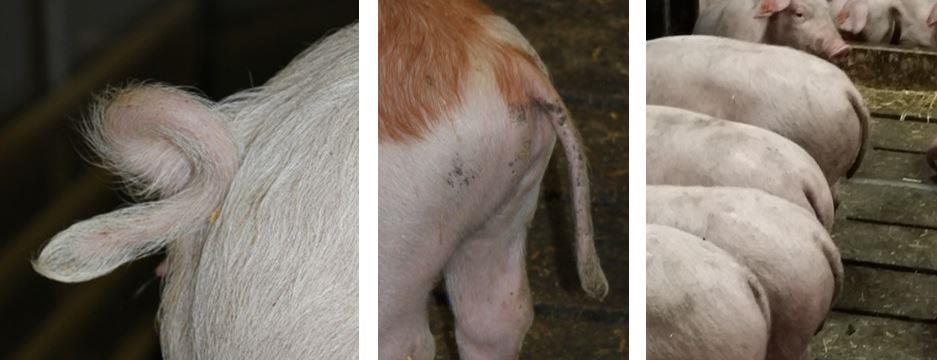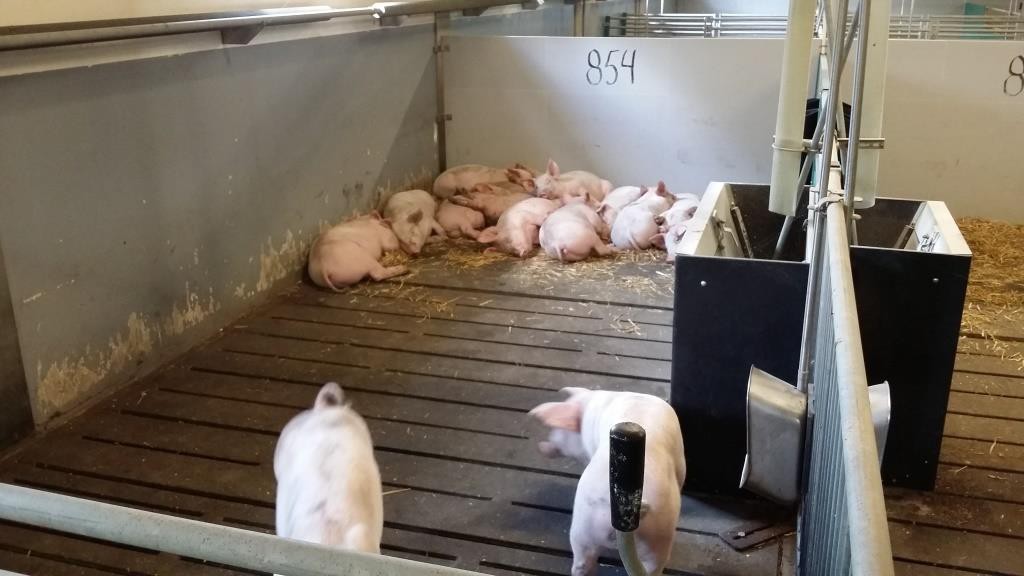Impact of the amount of straw provided to pigs kept in intensive production conditions on the occurrence and severity of gastric ulceration at slaughter.
Herskin MS, Jensen HE, Jespersen A, Forkman B, Jensen MB, Canibe N, Pedersen LJ. 2016. Res Vet Sci. 104: 200-6.
Abstract
This study examined effects of the amount of straw offered on occurrence and severity of gastric lesions in pigs kept in pens (18 pigs, 0.7m(2)/pig) with partly slatted flooring and 10, 500 or 1000g straw/pig/day from 30kg live weight. The pigs had ad libitum access to dry feed. Forty-five pigs were used, three from each of 15 pens. After euthanisia, the dimension of the non-glandular region of the stomach was measured. Lesions were characterized and scored. Irrespective of straw provided, 67% of the pigs showed signs of gastric pathology. Pigs provided with 500 or 1000g straw were pooled as ‘permanent access’. The proportion of pigs with ulcerations was reduced by permanent access to straw (7 vs. 33%; P<0.05), suggesting that permanent access to straw may improve animal health, and be considered as one possible strategy to limit gastric ulceration in pigs.



